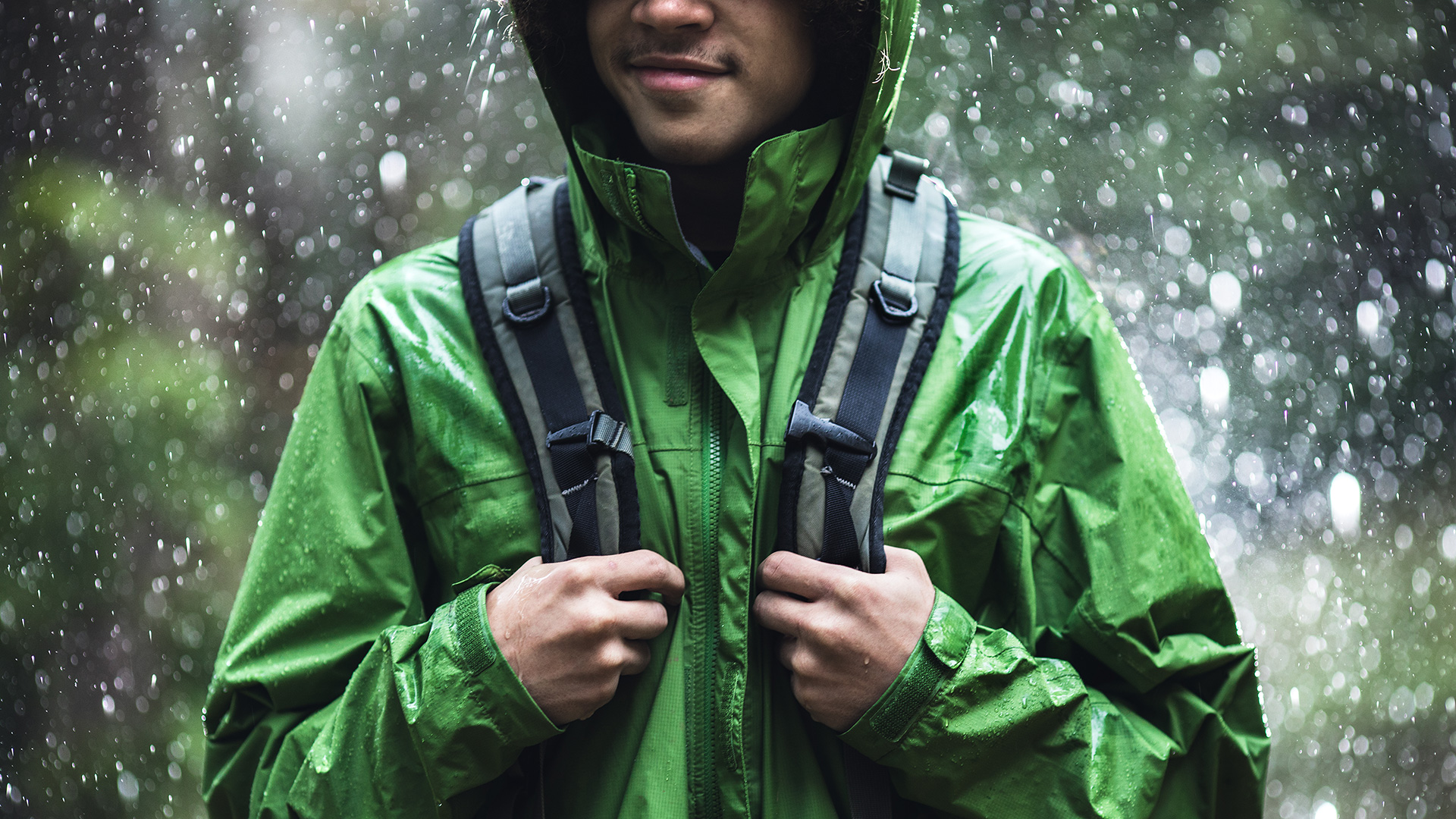

Waterproof jackets are fantastic. They keep you dry, making the outdoors cosier, safer, and more fun. One of the best waterproof jackets is a substantial investment, so to make sure it lasts, you need to know how to clean and care for it to maintain its waterproofing.
Regularly washing your waterproof jacket with the correct cleaning products allows the Durable Water Repellent layer (DWR) to function properly. Then, when the DWR is depleted by use or cleaning, it can be reapplied by using the correct products. In this guide we'll explain exactly how to clean and care for your waterproof jacket, and ensure it'll keep you dry for years to come.
- Learn how to waterproof a jacket
- These tips will also be useful for caring for the best ski jackets
- We've tried and tested the best hiking boots
- Explore the best touchscreen gloves around
What makes a jacket waterproof?
Good waterproof material must be tough enough for outdoor activities, and workable enough to be shaped into a jacket. Some materials just keep water out, which is great for short periods (think of a cheap, plastic, emergency poncho), but for periods of activity, materials need to be 'breathable', too. Breathable materials let water vapour out, but stop liquid water from getting in. If a jacket is not breathable, moisture will collect on the inside when you start to perspire.
Clothing companies have created clever technology and fabrics to achieve this, but they are all based on the same principle: natural or synthetic fibres, layered and arranged to 'wick' moisture away from the body, and to stop moisture getting in. A final layer or coat is applied to make the material water-repellent, so that any water runs off. This is known as a Durable Water Repellent layer (DWR), and it stops the outer layer becoming saturated (and thus losing its waterproofing).
Examples of branded waterproof fabrics include Gore-Tex, Pertex, Columbia’s OutDry, Nikwax Analogy, Patagonia’s H2No, HyVent by The North Face, Rohan Barricade, and Barbour waxed cotton.
How does dirt and wear affect waterproofing?
Dirt and use primarily affects the DWR. It gets abraded and rubbed off, whilst dirt and oil affects its performance. With the DWR compromised, the fabric becomes saturated when wet, allowing moisture to get in. This also reduces the breathability of the fabric, so you get wet from both inside and out.
Cleaning, maintaining and replacing the DWR is the most effective way to maintain the performance of a waterproof jacket, because the DWR prevents the material getting saturated. That prevents rainwater getting in, and allows sweat vapour out. Oil and dirt also interfere with the function of the underlying waterproof material, so cleaning the jacket allows it to work properly.
Sign up to the T3 newsletter for smarter living straight to your inbox
Get all the latest news, reviews, deals and buying guides on gorgeous tech, home and active products from the T3 experts
How to check if your waterproofing is wearing off
To check if the DWR on your jacket is functioning as it should be, lay your waterproof jacket on a flat surface and dribble some water onto it. If the water beads and runs off, the jacket is water-repelling and waterproof. If the water soaks into the material, it will saturate in rain and you will get wet.
Should I wash my waterproof jacket?
Many users won’t wash their waterproof jacket for fear of removing the DWR, but the positive performance gained by removing dirt and oil exceeds the negative impact of any DWR depletion. So, wash your jacket regularly: a clean waterproof will out-perform a dirty one.
Follow the washing instructions on your jacket care label, but here’s some general rules:
- Start by brushing off any dirt or mud
- Do NOT use normal detergent or washing powder because it can remove or damage waterproofing materials; make sure that the detergent drawer in your washing machine has no detergent or powder in it
- Use specialised cleaning products designed for waterproof gear, such as Nikwax Techwash
- Ensure that all cleaning product has been removed after washing. An additional rinse-cycle is a good way to do this
- Air or tumble-dry (according to the product care label)
Now re-check how water-repellent the jacket is. If the water beads, then your jacket is good-to-go. If it is still saturating, then you need to reapply the DWR, with a product like Nikwax TX.Direct.
How to reproof a waterproof jacket
You can reapply DWR with a product like Nikwax TX.Direct. This can either be done in a separate wash, or sprayed on. The DWR in Fluorocarbon waterproof materials (such as Gore-Tex) can be reactivated after cleaning by tumble-drying on low heat, or even ironing on a low heat, without steam, and with a cloth between the iron and the jacket. Be careful, and follow the fabric care instructions on your jacket. Nikwax does not need to be heated.
How to care and waterproof waxed cotton jackets
The original and simplest waterproof material is waxed cotton, such as you would find in a Barbour jacket. Wax is applied to the cotton base material, soaking-in to create a waterproof material. The wax on the surface also creates a DWR layer.
Over time, through heat and use, the wax gets rubbed off and evaporates, and the jacket gets dirty. So, clean it with a sponge and soapy water. Make sure that you get any soapy residue off, as this will impact the waterproofing. Then reapply heated wax, using a sponge.
Ash Bhardwaj is a writer, film-maker and podcaster, who tells unfamiliar stories about familiar places. He travels for adventure, history and current affairs – often involving long, uncomfortable walks. Ash hosts The First Mile, an immersive travel podcast.
-
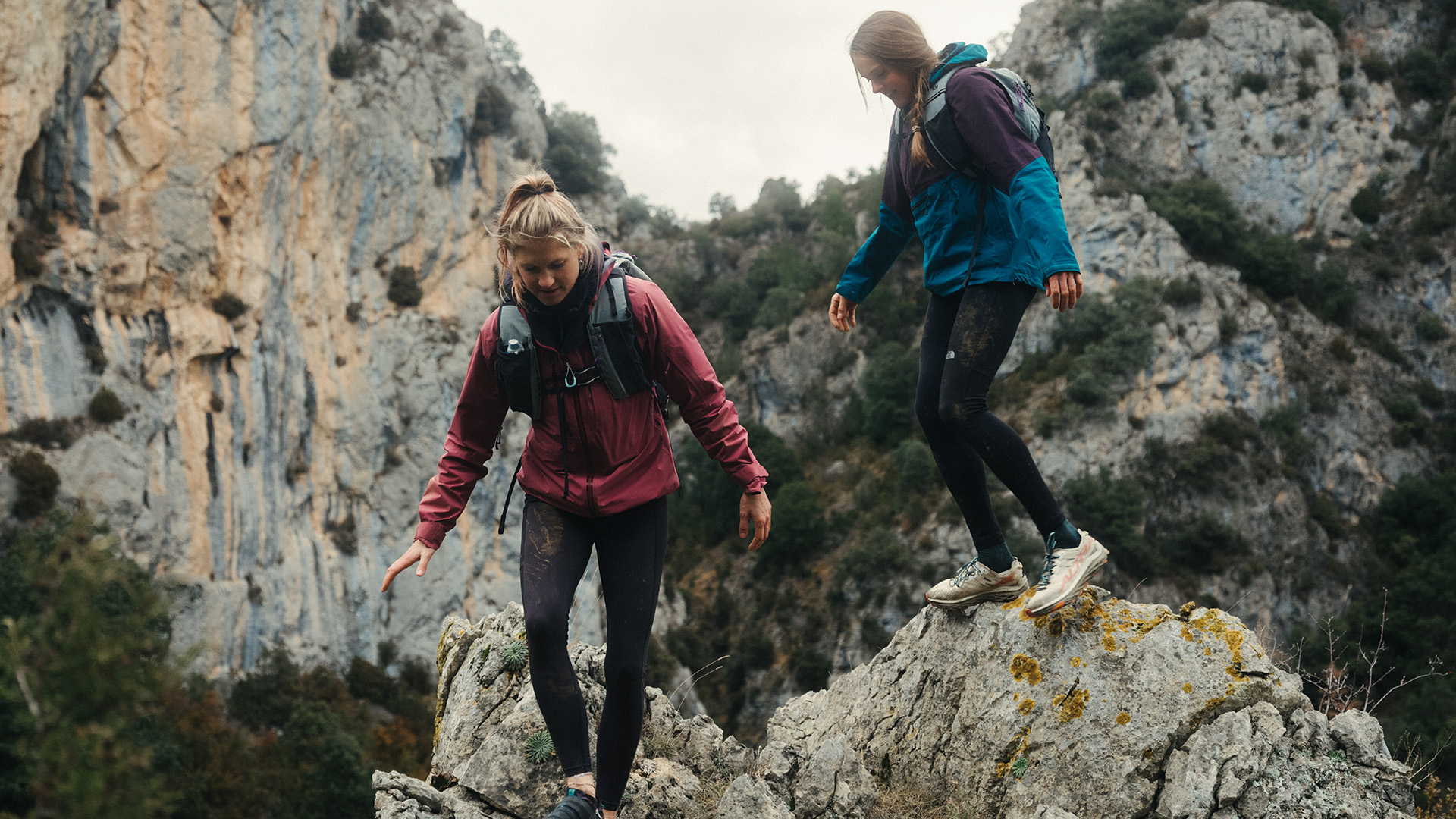 Gossamer Gear's Grit 28 is a masterclass in ultralight backpack design
Gossamer Gear's Grit 28 is a masterclass in ultralight backpack designTrail runners and fastpackers, take note
By Matt Kollat
-
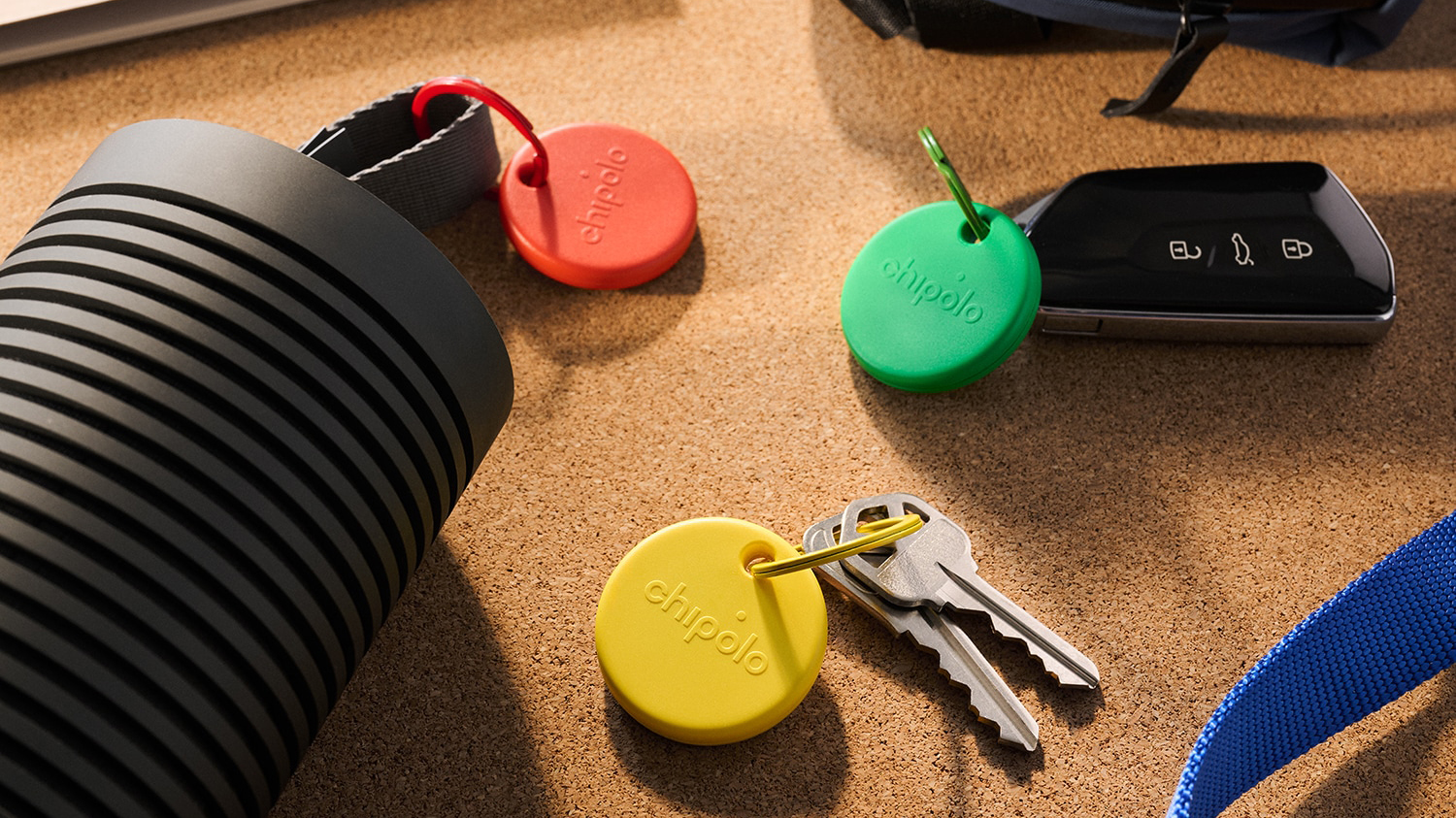 Forget AirTag, Chipolo's new Bluetooth tracker adds a dash of colour
Forget AirTag, Chipolo's new Bluetooth tracker adds a dash of colourChipolo's Pop tracker works with both Apple's Find My and Google's Find My Device – so you can track whichever platform you're using
By Mike Lowe
-
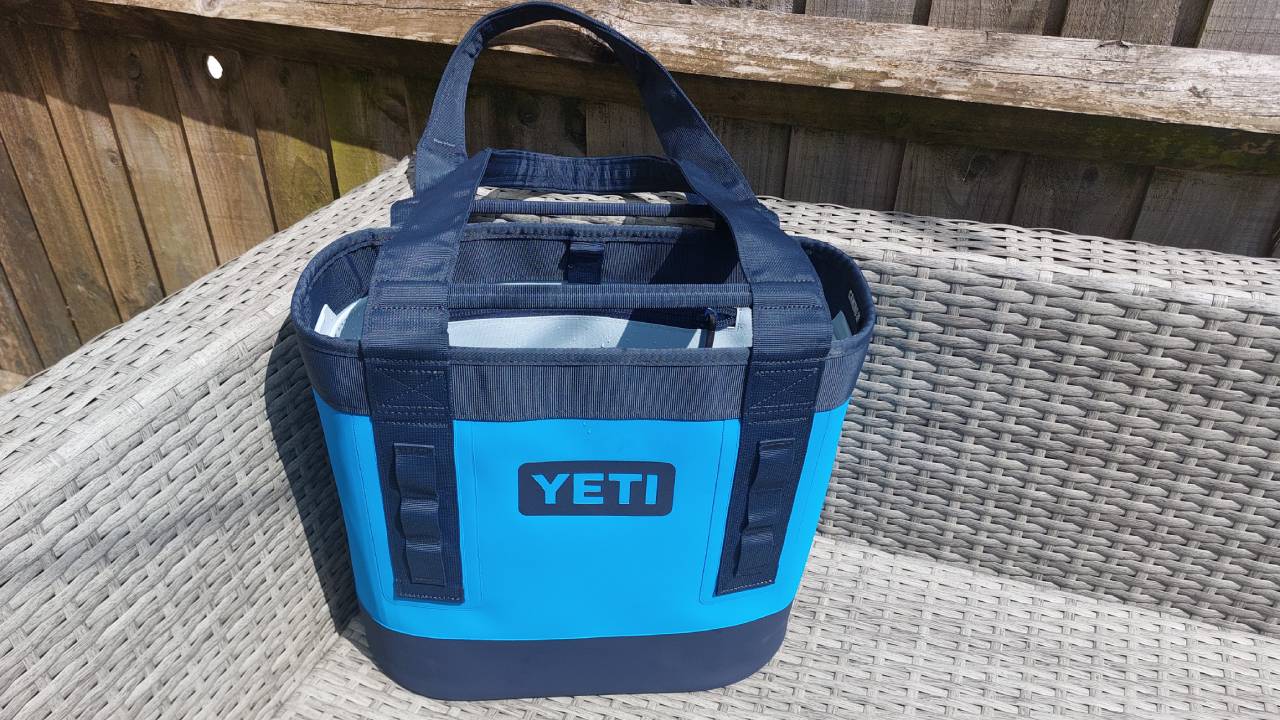 YETI Camino 20 Carryall review: a handy camping companion, especially for waterproofs
YETI Camino 20 Carryall review: a handy camping companion, especially for waterproofsI’ll never go camping without the YETI Camino 20 Carryall again
By Bethan Girdler-Maslen
-
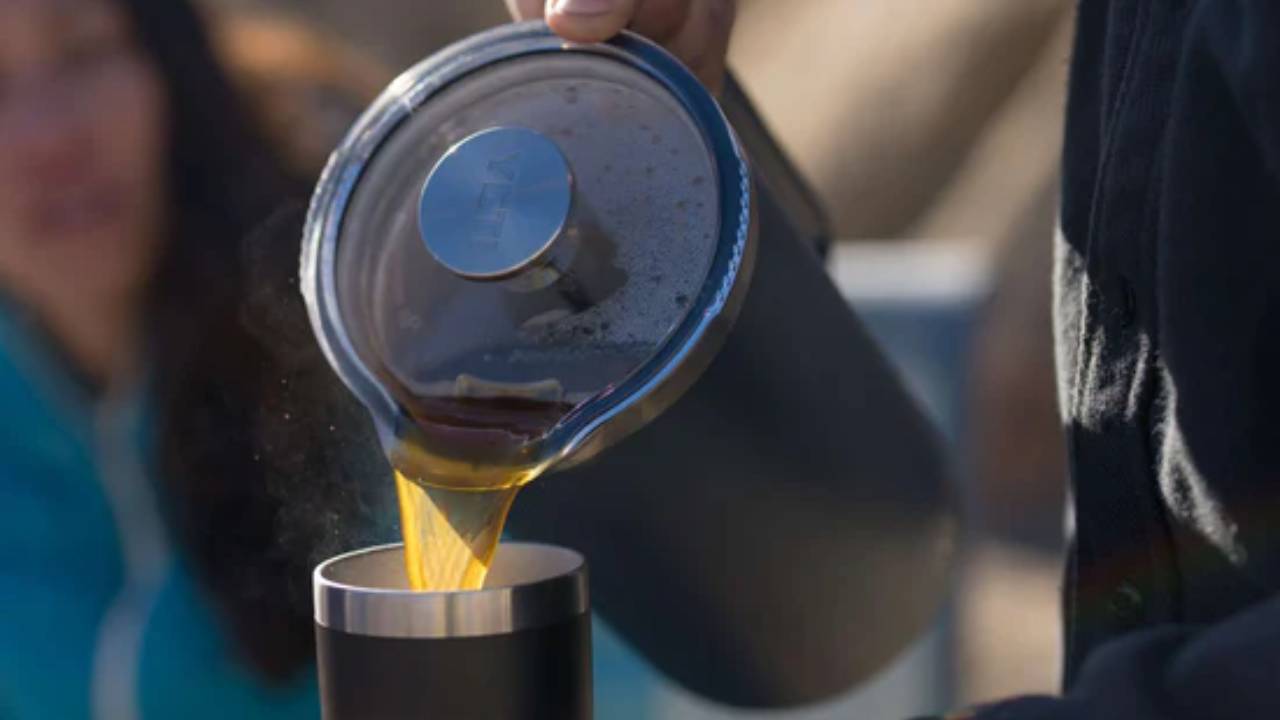 The YETI French Press is exactly what I needed on my last camping trip
The YETI French Press is exactly what I needed on my last camping tripYETI’s new French Press is the perfect companion for camping and hiking trips
By Bethan Girdler-Maslen
-
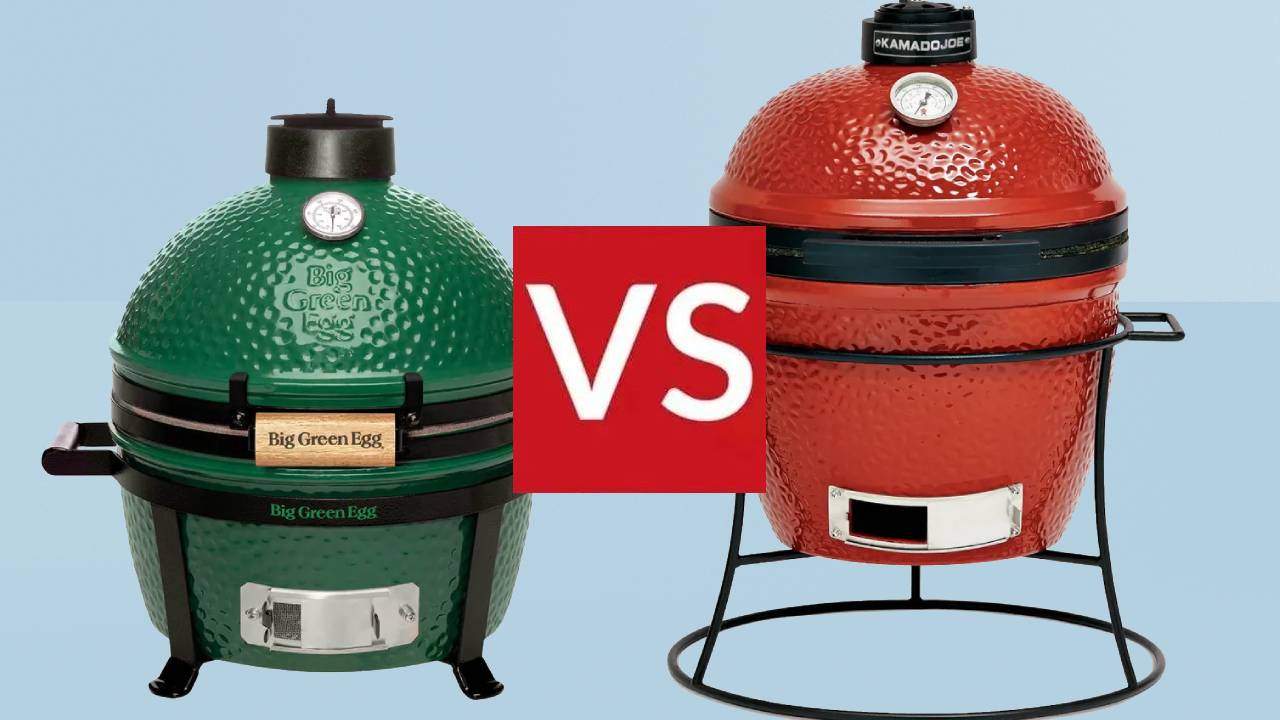 Big Green Egg vs Kamado Joe: the ultimate Kamado ceramic grill showdown
Big Green Egg vs Kamado Joe: the ultimate Kamado ceramic grill showdownBoth of these BBQ brands occupy the premium tier but which one tickles your fancy?
By Derek Adams
-
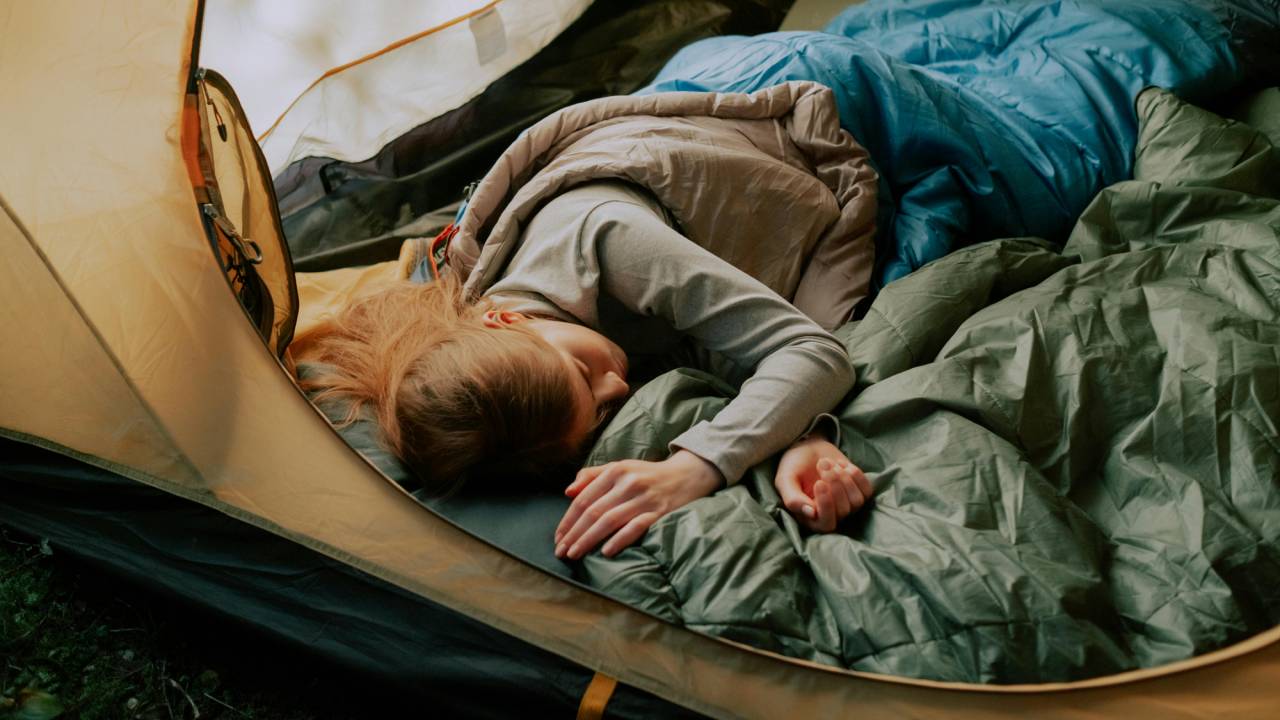 5 expert-approved tips to help you sleep on a camping trip
5 expert-approved tips to help you sleep on a camping tripHow to get a good night’s sleep on a camping trip, according to experts
By Bethan Girdler-Maslen
-
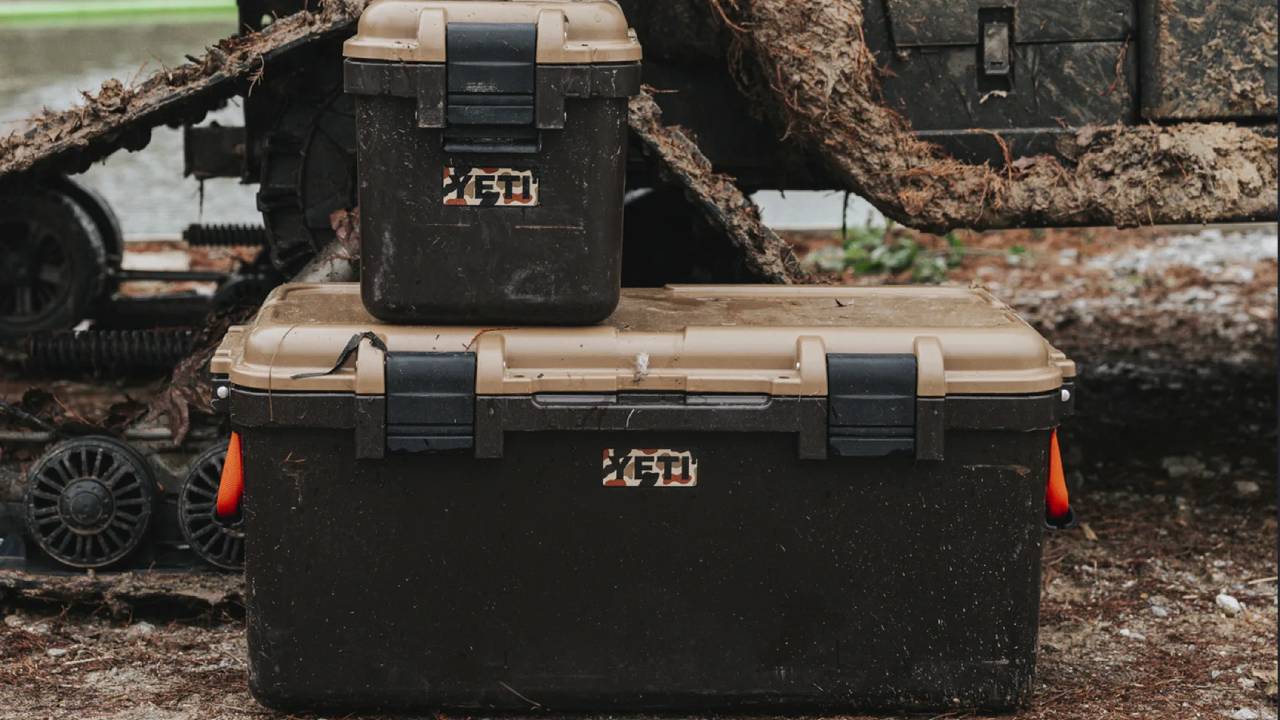 YETI launches its most outdoorsy collection yet but the colour has divided customers
YETI launches its most outdoorsy collection yet but the colour has divided customersYETI launches new Wetlands collection – but I’m not sold on the colour
By Bethan Girdler-Maslen
-
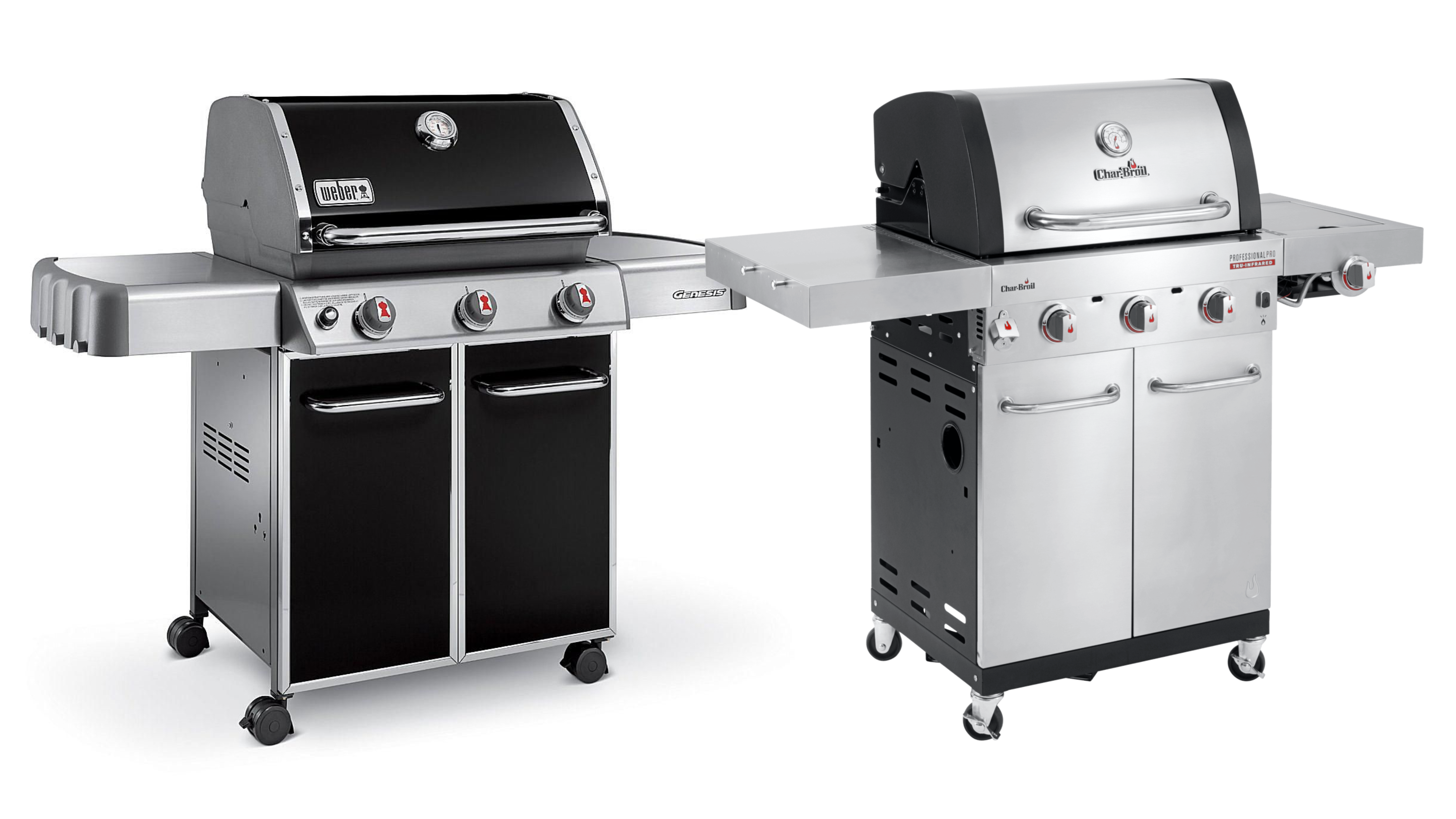
 Weber vs Char-Broil: which is the best barbecue brand for you?
Weber vs Char-Broil: which is the best barbecue brand for you?Summertime and the grilling is easy with a Weber or CharBroil barbecue
By Derek Adams
-
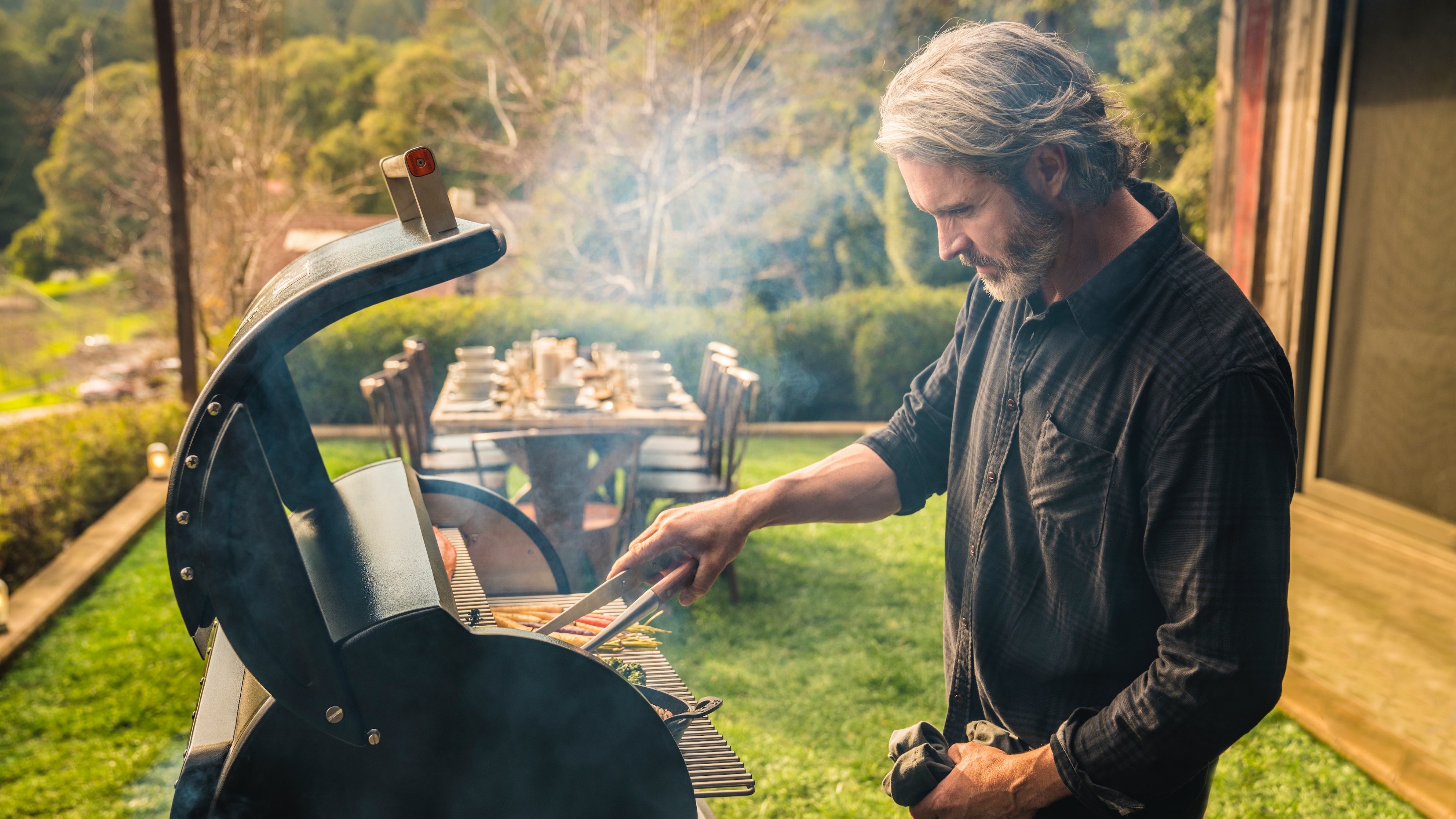
 Traeger vs Masterbuilt: battle of the best smokers
Traeger vs Masterbuilt: battle of the best smokersTwo leading smoker manufacturers go head to head for Pit Master supremacy
By Derek Adams
-
 How to make the perfect outdoor dining space using smart lighting
How to make the perfect outdoor dining space using smart lightingPhilips Hue have got your back!
By Lizzie Wilmot